The aim of breast screening is to improve the timing of breast cancer diagnosis, thereby reducing the number of associated deaths. A potential additional benefit often stated in invitations to screening is that screening reduces the need for mastectomies and increases the potential for breast conserving treatment.
However, published data on how the introduction of breast screening affects surgical treatment for breast cancer is limited.
So a team of researchers based in Norway set out to study how the introduction of mammography screening has affected surgical treatment for breast cancer.
The Norwegian breast cancer screening programme started in 1996 in four counties, and from 1999 to 2004 the remaining 15 counties were successively included.
The researchers used national cancer data for 35,408 women aged 40 to 79 years diagnosed with invasive breast cancer or ductal carcinoma in situ (a precursor to cancer) from 1993 to 2008.
From the pre-screening period (1993-95) to the screening introduction phase (1996-2004), the annual mastectomy rate increased by 9%, from 156 to 167 per 100,000 women in the age group invited to screening (50-69 years). In contrast, the mastectomy rates fell by 17% in non invited women aged 40-49 years
In relative terms, this corresponds to a 31% increased risk of undergoing mastectomy in women invited to screening compared with the non-invited younger age group. Mastectomy rates also fell by 13% in non invited older women (aged 70-79 years).
More recently (2005-08), mastectomy rates declined across all age groups, but mostly for the non-screened age groups. This, say the authors, is most likely due to changes in surgical policy.
They conclude: "Mammography screening is associated with a noticeable increase in breast surgery rates. In contrast with what has been claimed in invitations to screening and on websites supported by numerous governmental screening institutions and cancer charities, screening does not lead to a reduction in mastectomy rates.”

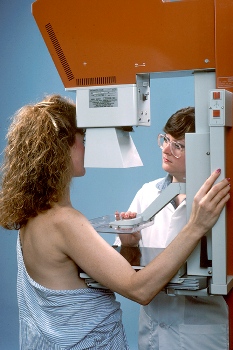
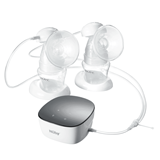
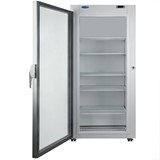





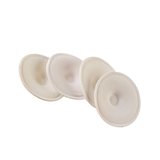

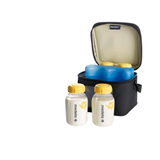
-160x160-state_article-rel-cat.jpg)